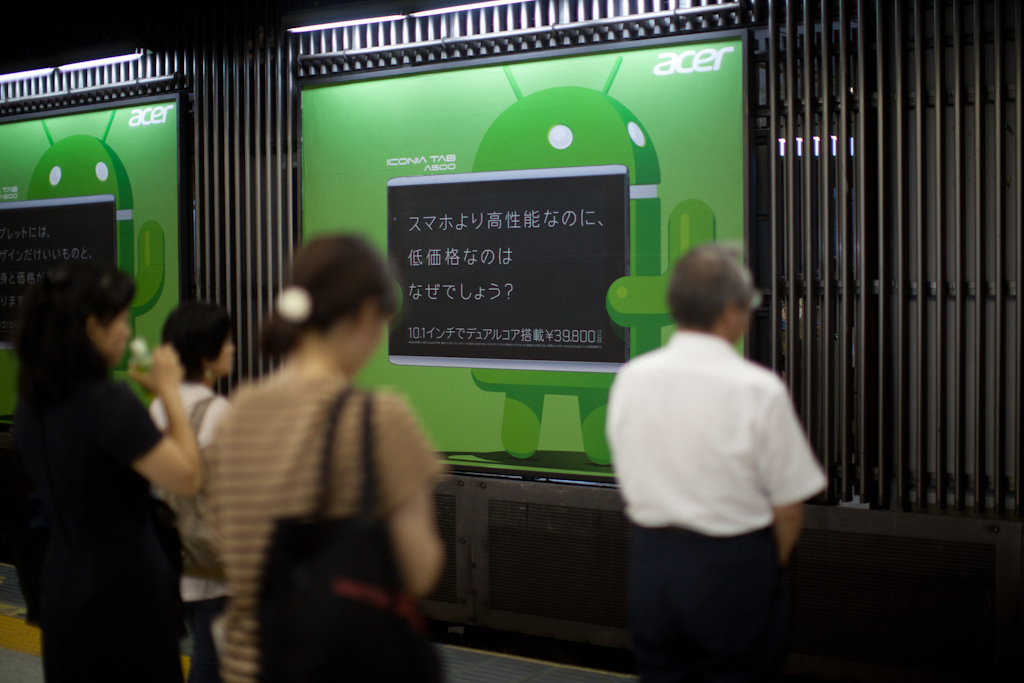It might seem counter-productive to travel half way across the world to observe or take part in an activity that we would otherwise try to avoid back at home, but observing or partaking in queues can reveal any number of things about a society: from the kinds of activities that people engage in whilst they are forced to wait; to understanding which groups have priority in that context; peoples tolerance towards waiting and how long; to motivations for, and reactions to social rule breakers. A society’s propensity to queue can teach us about service expectations and scarcity, and in a world that values convenience – can point to opportunities can point to how to shorten the path. The ways in which people overcome or by-pass queues whether its sneaky moves or pulling rank, paying bribes or ultimately giving up, can teach us about consumer and contextual literacy.
In many cultures queues are artificially created: to suggest demand (outside a nightclub, whilst it is empty inside); to reinforce power relationships (the fact that I’m making you wait reinforces my power over you); through to creating new business opportunities (bribe me and I’ll let you save time and jump this queue); or are simply a necessity to cope with continual or contextual demand.
Related: Gustave Le Bon’s The Crowd – A Study of the Popular Mind.
